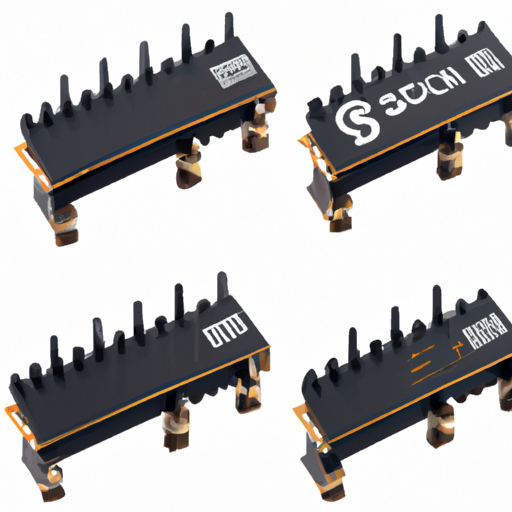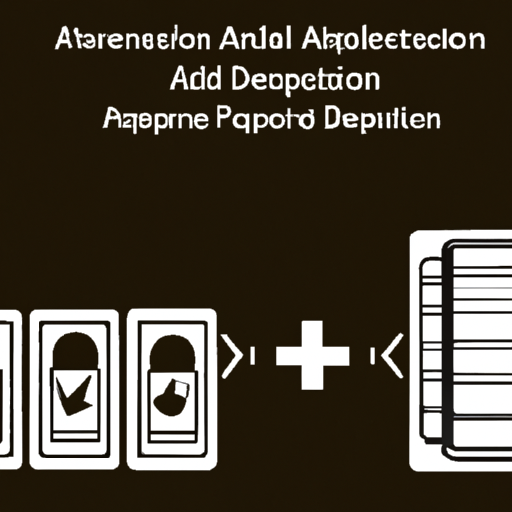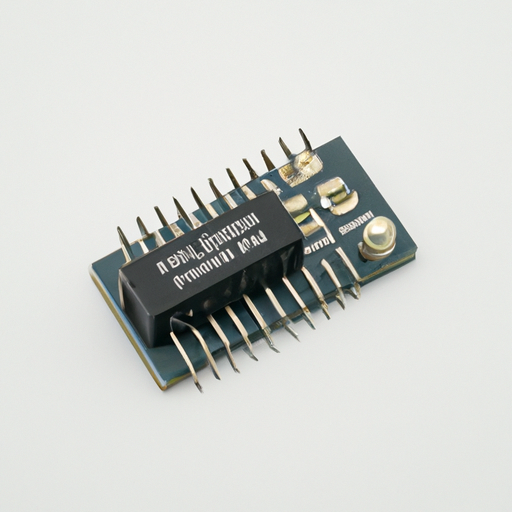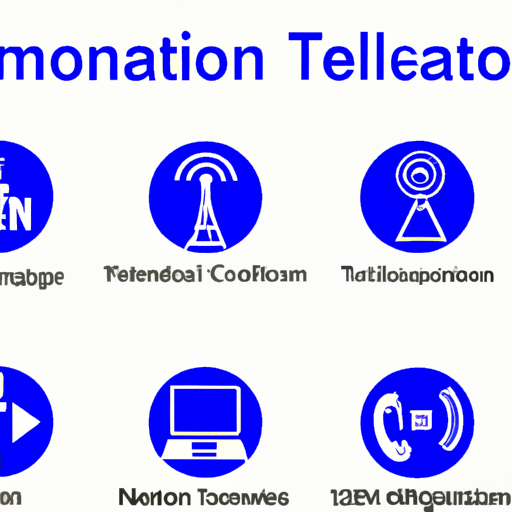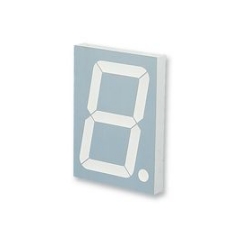1N4004-T Buffers, Drivers, Receivers, Transceivers highlighting the core functional technology articles and application development cases of Buffers, Drivers, Receivers, Transceivers that are effective.
System
Sep 08
3
Certainly! Buffers, drivers, receivers, and transceivers are fundamental components in electronic systems, each serving distinct roles in signal processing and communication. Below is a detailed overview of each component, emphasizing their core functional technologies and practical application development cases.
BuffersPurpose: Buffers serve to isolate different circuit sections, preventing signal degradation and ensuring that the output does not load the input.Purpose: Buffers serve to isolate different circuit sections, preventing signal degradation and ensuring that the output does not load the input.Types: Common types include voltage buffers (voltage followers), line drivers, and logic buffers.Types: Common types include voltage buffers (voltage followers), line drivers, and logic buffers.Key Characteristics: Buffers typically exhibit high input impedance, low output impedance, and the ability to drive heavy loads without distortion.Key Characteristics: Buffers typically exhibit high input impedance, low output impedance, and the ability to drive heavy loads without distortion.Purpose: Drivers amplify signals to drive loads that require higher current or voltage, such as LEDs, motors, or other components.Purpose: Drivers amplify signals to drive loads that require higher current or voltage, such as LEDs, motors, or other components.Types: Examples include LED drivers, motor drivers, and line drivers.Types: Examples include LED drivers, motor drivers, and line drivers.Key Characteristics: Drivers are characterized by high current output, fast switching capabilities, and often include thermal management features to prevent overheating.Key Characteristics: Drivers are characterized by high current output, fast switching capabilities, and often include thermal management features to prevent overheating.Purpose: Receivers detect and process incoming signals, converting them into a usable form for further processing.Purpose: Receivers detect and process incoming signals, converting them into a usable form for further processing.Types: Includes RF receivers, data receivers (e.g., UART, SPI), and optical receivers.Types: Includes RF receivers, data receivers (e.g., UART, SPI), and optical receivers.Key Characteristics: Receivers are designed for high sensitivity, selectivity, and noise performance to ensure reliable signal detection.Key Characteristics: Receivers are designed for high sensitivity, selectivity, and noise performance to ensure reliable signal detection.Purpose: Transceivers combine the functions of both transmitters and receivers, allowing for bidirectional communication over a single channel.Purpose: Transceivers combine the functions of both transmitters and receivers, allowing for bidirectional communication over a single channel.Types: Common types include Ethernet transceivers, RS-485 transceivers, and wireless transceivers.Types: Common types include Ethernet transceivers, RS-485 transceivers, and wireless transceivers.Key Characteristics: Transceivers can operate in full-duplex or half-duplex modes and often integrate signal processing and power management features.Key Characteristics: Transceivers can operate in full-duplex or half-duplex modes and often integrate signal processing and power management features.1. Signal Conditioning: Buffers are often used in sensor applications to condition signals before they are sent to an ADC (Analog-to-Digital Converter), ensuring accurate readings.2. Level Shifting: Buffers facilitate voltage level shifting between different logic families, which is crucial in mixed-signal systems where components operate at different voltage levels.1. LED Lighting Control: In smart lighting systems, LED drivers control brightness and color temperature, frequently utilizing PWM (Pulse Width Modulation) for efficient dimming and color mixing.2. Motor Control in Robotics: Motor drivers are essential for controlling the speed and direction of DC motors, often implemented using H-bridge configurations to allow for bidirectional control.1. Wireless Communication in IoT Devices: RF receivers are integral in IoT applications, receiving data from various sensors and transmitters, enabling remote monitoring and control functionalities.2. Data Communication: In serial communication systems, UART receivers decode incoming data streams, ensuring reliable data transfer between microcontrollers and other digital devices.1. Networking with Ethernet Transceivers: In Ethernet applications, transceivers connect devices to local area networks (LANs), facilitating high-speed data transfer and communication.2. Wireless Communication in Smart Home Systems: Bluetooth or Zigbee transceivers enable short-range wireless communication between devices, allowing for automation and control in smart home environments. Drivers Receivers Transceivers ConclusionBuffers, drivers, receivers, and transceivers are critical components in modern electronic systems, enabling effective communication and maintaining signal integrity. Their applications span various industries, including consumer electronics, automotive, telecommunications, and industrial automation. A thorough understanding of their core technologies and application cases is essential for engineers and developers aiming to create innovative electronic solutions. By leveraging these components effectively, designers can enhance performance, reliability, and functionality in their projects.
Read more

